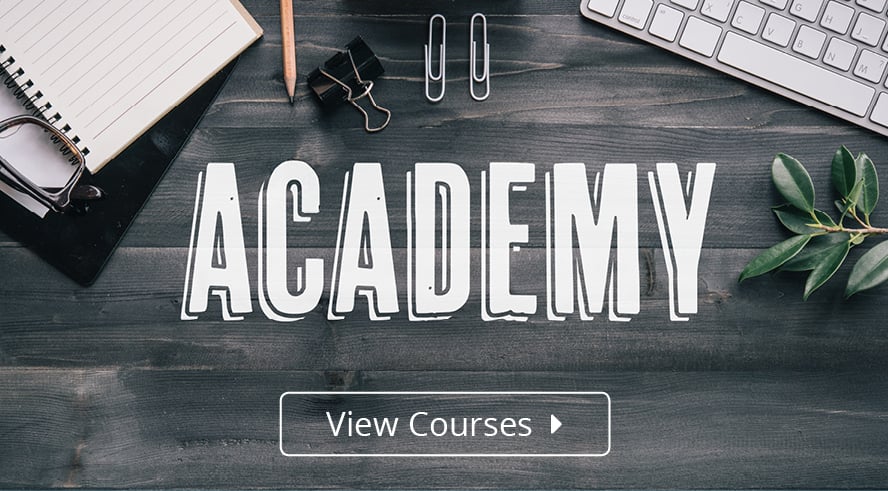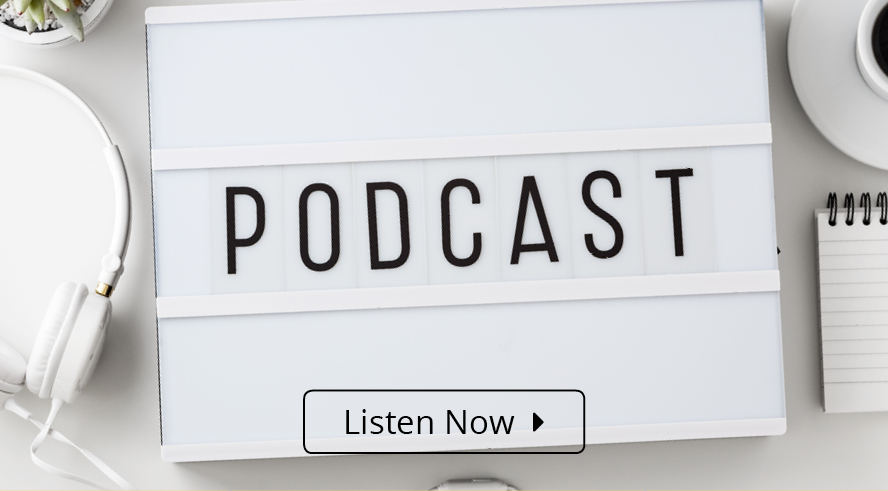When a consumer purchases a book, they don't purchase it because a specific publisher published it. They purchase it because it fulfills a need and is well-designed and edited. This means there are no “get-out-of-jail-free” cards for self-publishers. On the contrary, each and every day, self-published books must compete for shelf space and consumer recognition alongside traditionally published books. Because of this, the level of professionalism brought to self-publishing must mirror, or in many cases exceed, the level of professionalism brought to traditional publishing.
Take IngramSpark's FREE Online Self-Publishing Course on How to Self-Publish
But how do you know if you’re hitting the professional benchmarks you need to hit to be a legitimate publisher? One available tool is IBPA’s recently published Industry Standards Checklist for a Professionally Published Book. The checklist is broken into two sections, (1) content and (2) production, and provides an unbiased measure by which to critique the professional presentation of a published book, regarless of whether it's self-published or traditionally published.
Below, I’ve picked four items described on the checklist and discussed their importance to the book. I’ve also included several additional considerations in the form of questions to ask yourself about your book’s content and production.Barcode: A Production Issue
An industry-standard EAN bar code with price and 13-digit ISBN encoded/embedded into the barcode should be included on the back of every book. Publishers must purchase and own their own ISBN(s), rather than obtaining one through CreateSpace or another entity. At the end of the day, if you don't purchase your own ISBN under your own publishing company name, then you are not the publisher.
About the Author: A Content AND Production Issue
The about the author page belongs somewhere in the work’s front matter, back matter, or jacket copy, and should include: (1) a brief, informative biography, appropriate to the genre and topic of the book, (2) the author’s credentials for writing on the topic, if the book covers a specialized topic, and (3) author website URL and social media links (optional). The most important aspect of this note is that the author’s biography should be written in a manner appropriate to the genre and topic of the book. All things, in fact, should be appropriate to the genre and topic, including cover design, trim size, price, etc. Knowing, and following, the rules is an important component of professional publishing.
Grammar: A Content Issue
It goes without saying that correct grammatical style should be followed faithfully and consistently throughout a book. While the industry standard for grammatical style leans toward The Chicago Manual of Style, authors and publishers are free to choose their own correct grammatical style, as long as they follow it consistently.
Library of Congress Cataloging Information: a Production Issue
Library of Congress policy is that it cannot promptly catalog books for publishers that release fewer than five books per year. This means it can take two to three years to get Library of Congress cataloging information. This is why all publishers should apply for PCNs (Preassigned Control Numbers) and display LCCNs for all books.
Additional Considerations
And, finally, can you answer “yes” to the following additional considerations? If so, you’re headed in the right direction!
- Do the title and cover copy immediately identify the benefits of the book, the subject matter, or the category?
- Are the book’s cover art and design competitive with those of other titles of a similar topic and quality?
- Are the book’s interior art and design competitive with those of other titles of a similar topic and quality?
- Consider paper quality. Is the paper thick enough so the text doesn’t bleed through? Is readability strong?
There’s more to explore on the Industry Standards Checklist for a Professionally Published Book, of course, and I hope you'll check it out.



.jpg)








